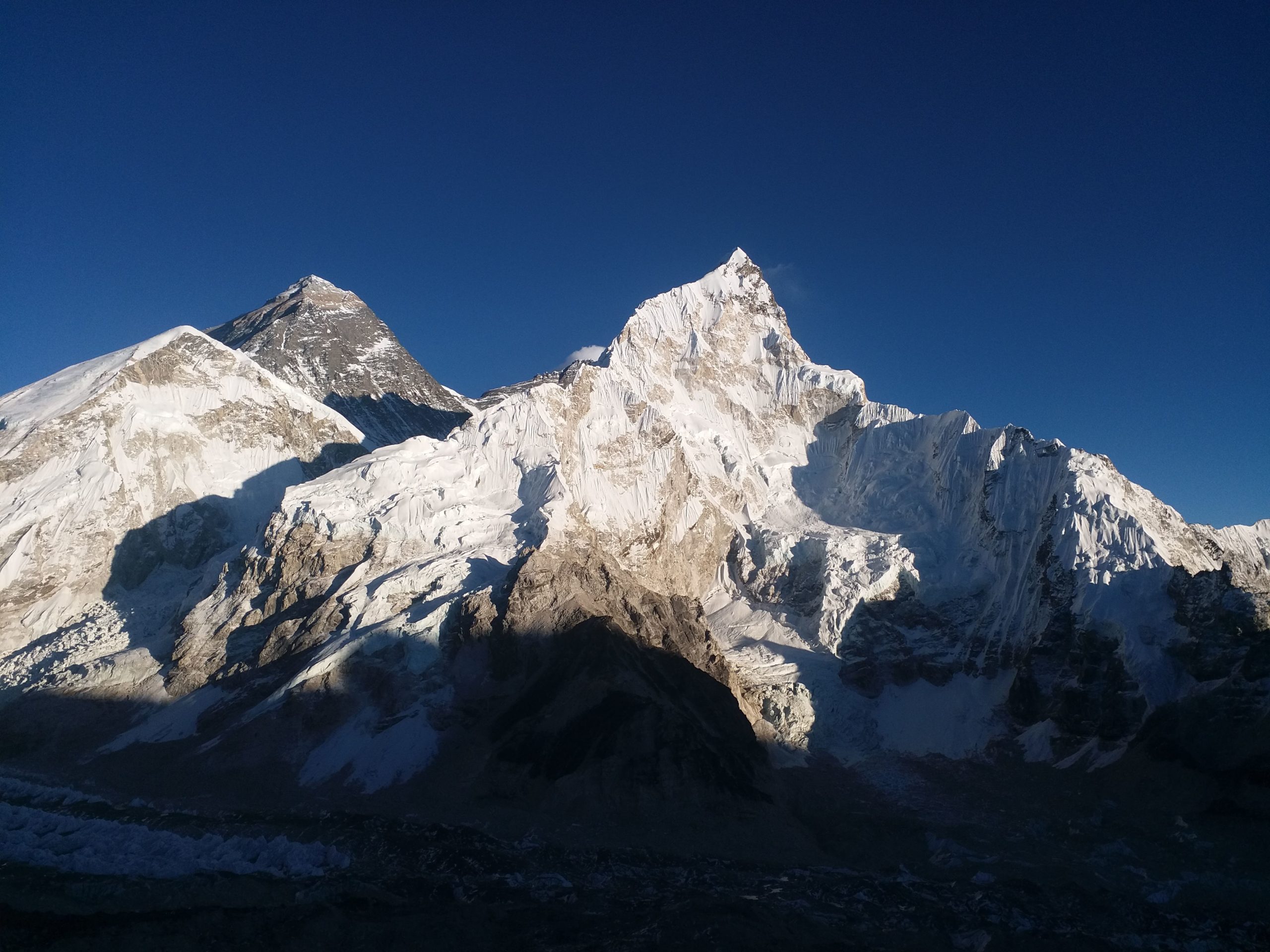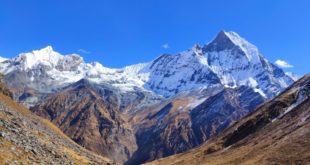Mount Everest, the highest mountain in the world is located in the Mahalangur Himal sub-range of the Himalayas. Standing at a staggering 8,848 metres (29,029 ft), it has long been an ambition of adventure seekers from around the world to stand at its summit. For centuries Mount Everest has attracted climbers and mountaineers alike with its lure and challenge.
Climbing Mount Everest takes strength, courage and determination as well as technical climbing skills and knowledge. It is considered one of the most difficult high altitude climbs because of extreme weather conditions such as wind chill temperatures that can drop to -60 degrees Celsius (-76°F). With unpredictable weather patterns, hazardous terrain and challenging physical demands climbers must be physically prepared for their expedition.
Preparation & Training
Climbing Mount Everest is one of the most challenging physical tasks a person can take on in their lifetime. It requires extensive preparation and training, both mentally and physically, to ensure a successful summit attempt.
Physical preparation for climbing Everest includes developing strength in the legs, core and arms by regularly performing exercises such as squats and pull-ups. Endurance plays an important role in the climb so it’s important to increase your aerobic capacity through running or biking at varying speeds and inclines. In addition to cardio work, climbers should also practice climbing with weights on their backpacks or harnesses as this will help build up stamina needed for long days on the mountain.
Mental preparation is equally critical to success when attempting Mount Everest. The mountaineer must stay focused while on the mountain while enduring extreme weather conditions and risk of altitude sickness.
Everest Base Camp
Everest Base Camp is the gateway to climbing the world’s highest mountain, Mount Everest. Located at an altitude of 5,364 meters (17,598 feet) in Nepal’s Khumbu region, Everest Base Camp is the starting point for many ambitious mountaineers looking to summit the peak of Mount Everest. It is also a tourist destination for those looking for adventure and to experience life on the Himalayan slopes.
Reaching base camp requires significant physical stamina and trekking ability. Many climbers hire professional guides and porters who are familiar with mountain conditions to help them reach their destination safely. The two-week journey from Lukla airport to base camp involves crossing several passes up to 5,545 meters (18,192 feet). Trekkers must be prepared for cold weather and occasional snowfall as well as possible altitude sickness due to the high elevation.
Location: Nepal/Tibet Border
Exploring the Nepal Tibet Border is an unforgettable experience for any adventure seeker. Trekking around the region reveals some of the most awe-inspiring sights in the world, including Mount Everest and its base camp.
The border between Nepal and Tibet offers breathtaking landscapes, unparalleled cultural diversity and incredible opportunities to immerse yourself in nature. From majestic Himalayan peaks to terraced fields of rice paddies, this region is a magical combination of rugged beauty and traditional customs. Trekkers will be rewarded with stunning views of sparkling glaciers, lush forested valleys and turquoise lakes as they traverse their way through these remarkable areas.
Visitors can also take part in activities like yak safaris or visit local villages to learn more about traditional Tibetan culture and gain insight into ancient Buddhist traditions.
Trekking to Base Camp
Trekking to Everest Base Camp has been an iconic journey for hikers and adventurers alike. For those drawn to the challenge of reaching one of the world’s highest points, hiking to Everest Base Camp is a bucket list item that should not be missed. This incredible journey takes you through some of the most breathtaking landscapes in Nepal, past glacial rivers, deep valleys, and incredible views of Mt. Everest itself.
Challenges & Rewards
Exploring the highest mountain in the world can be both challenging and rewarding. Climbing to Everest Base Camp, located at an elevation of 17,500 feet in the heart of the Himalayas, is one of the most challenging treks for novice and experienced hikers alike. It takes courage and stamina to make it all the way to base camp, but those who do will find plenty of rewards along their journey.
The trek is full of physical and mental challenges that require perseverance, dedication, and a sense of adventure. This includes steep ascents at high altitude with limited oxygen levels as well as cold temperatures and sudden storms. Despite these difficulties however, many people are drawn to this experience due to its incredible beauty and cultural immersion.
Equipment & Supplies
Climbing Mount Everest is one of the most challenging physical endeavours that a person can undertake. With temperate extremes, unpredictable weather, and treacherous terrain, it requires special equipment and supplies to make it up the world’s highest peak.
The most basic items needed for a successful ascent are specialized clothing for cold temperatures, along with proper mountaineering boots, ice axes, crampons and carabiners. To protect from the elements and increase visibility in foggy conditions each climber should also bring a helmet, climbing harnesses and ropes. Other essential items include sleeping bags rated for very low temperatures, tents designed to withstand heavy snowfall and wind load; as well as various navigational tools such as maps or GPS devices.
Acclimatization Process
Acclimatization is an important part of the process of climbing Mount Everest, the highest mountain in the world. It allows climbers to adjust to the lower air pressure and lack of oxygen that comes with increasing elevation so they can safely reach their goal. The process usually involves ascending and descending certain heights, allowing climbers to spend time at each elevation before moving up or down.
The acclimatization period may last anywhere from six days to several weeks depending on how quickly a climber’s body adjusts. Generally, most people will take two steps forward and one step back—ascending further than their previous rest point but then retreating back down to a lower altitude for a few days before ascending again—until they are able to make it all the way up without any trouble.
Conclusion
In conclusion, climbing Mount Everest is no small feat. It requires a lot of preparation, physical fitness, and courage to face the challenging conditions of the mountain. However, the rewarding feeling of standing atop the world’s tallest peak is an experience unlike any other. It’s an accomplishment that has been achieved by very few and will certainly be remembered forever by those who have made it to the summit.
 Tourist Destinations World Travel Guides
Tourist Destinations World Travel Guides




